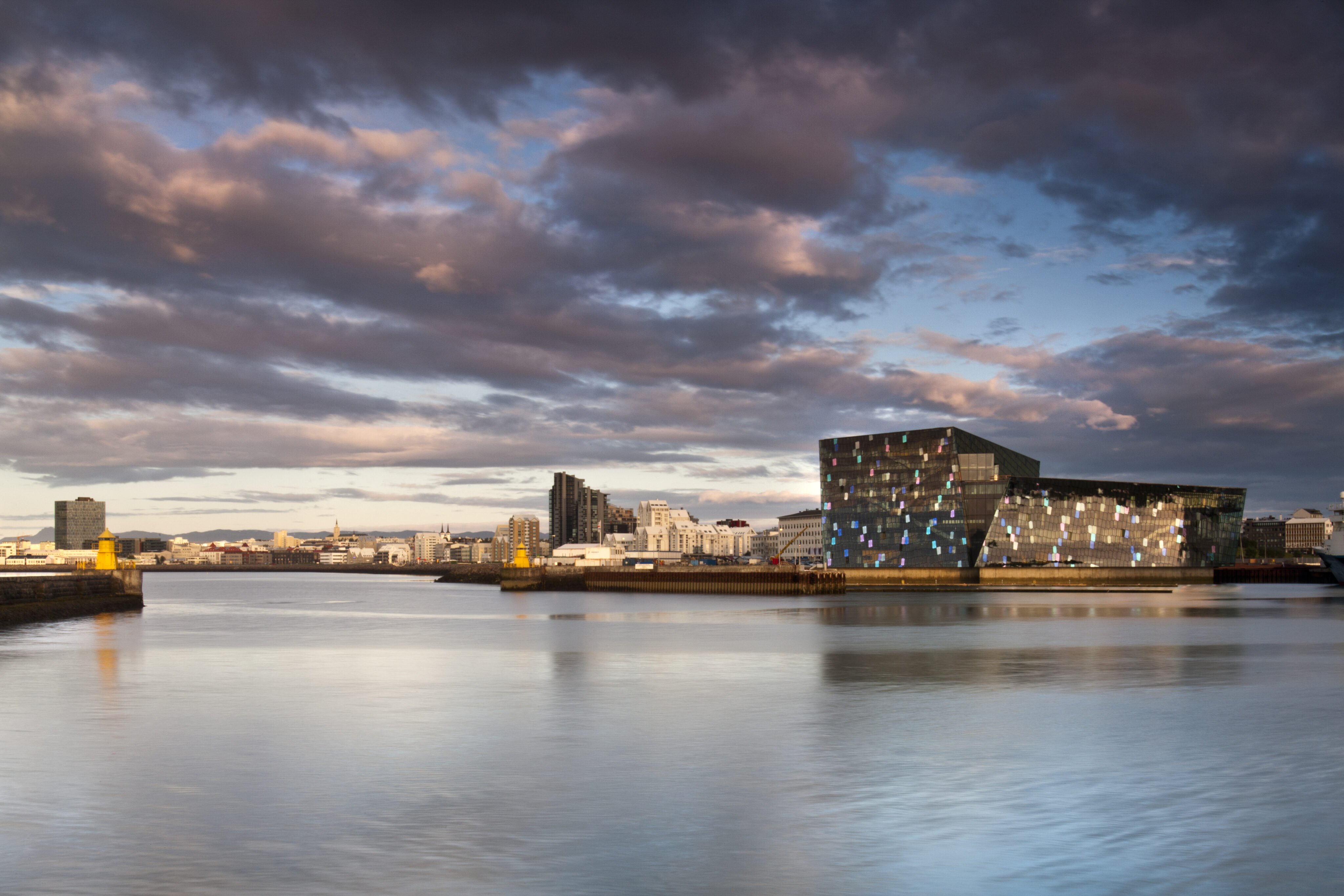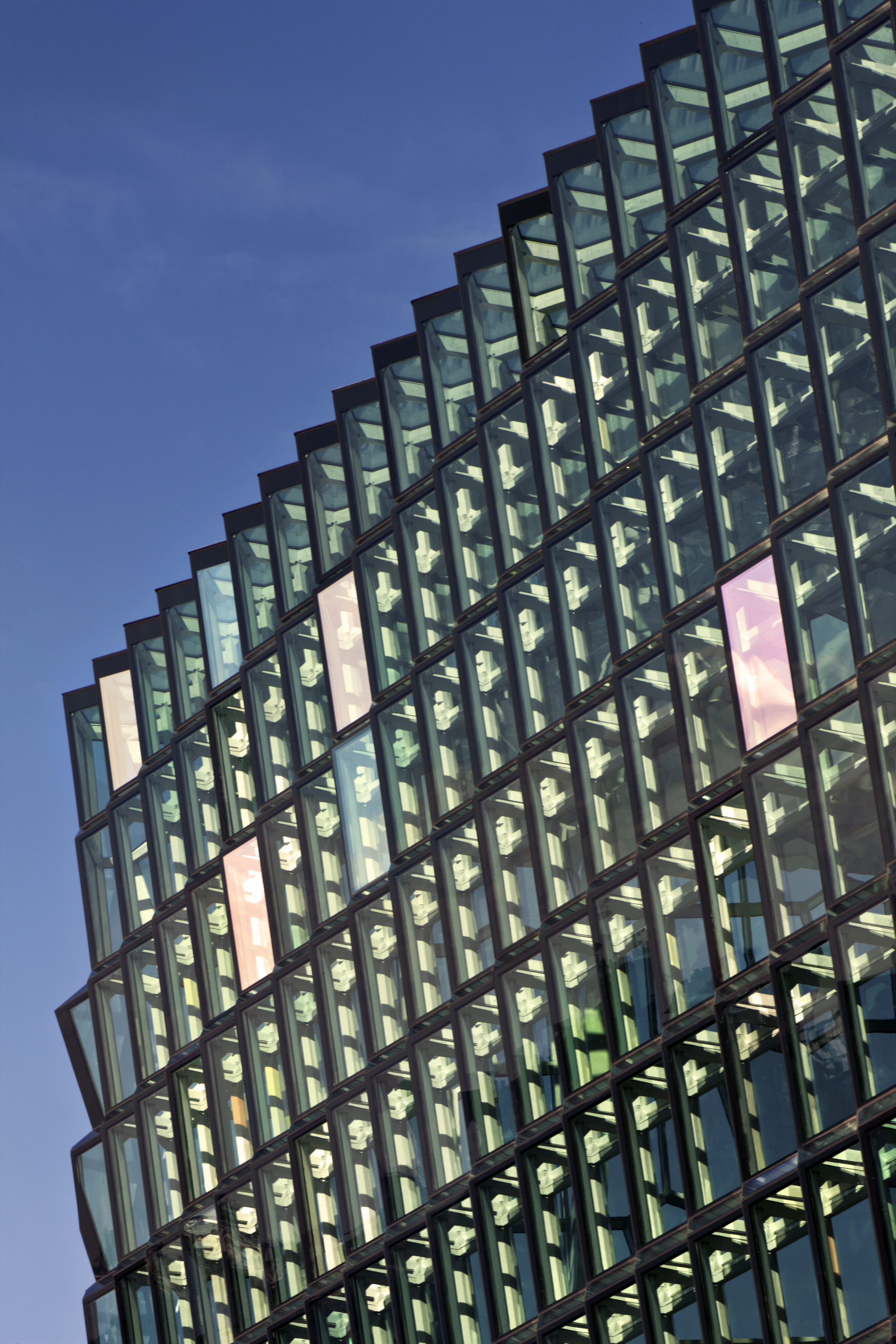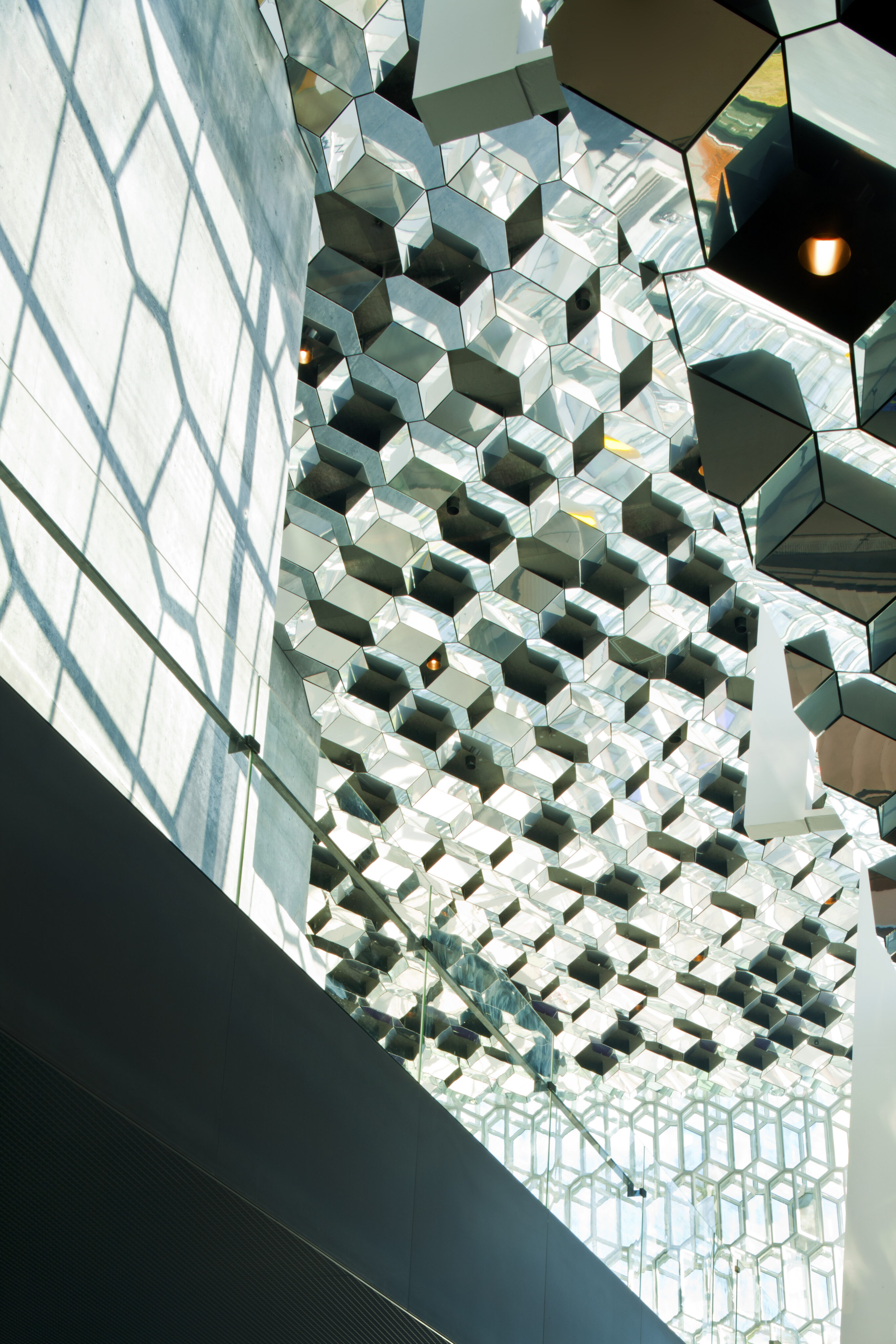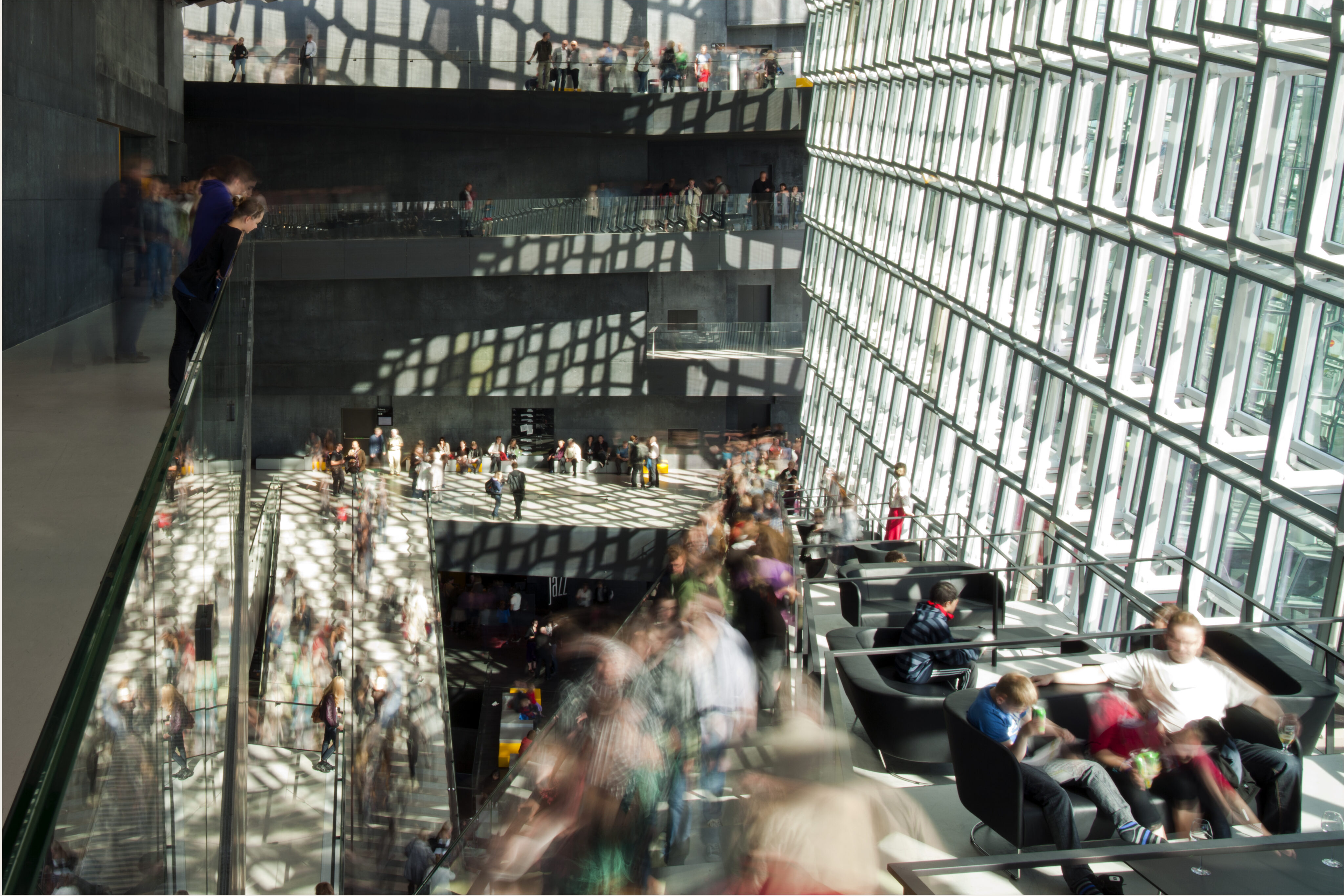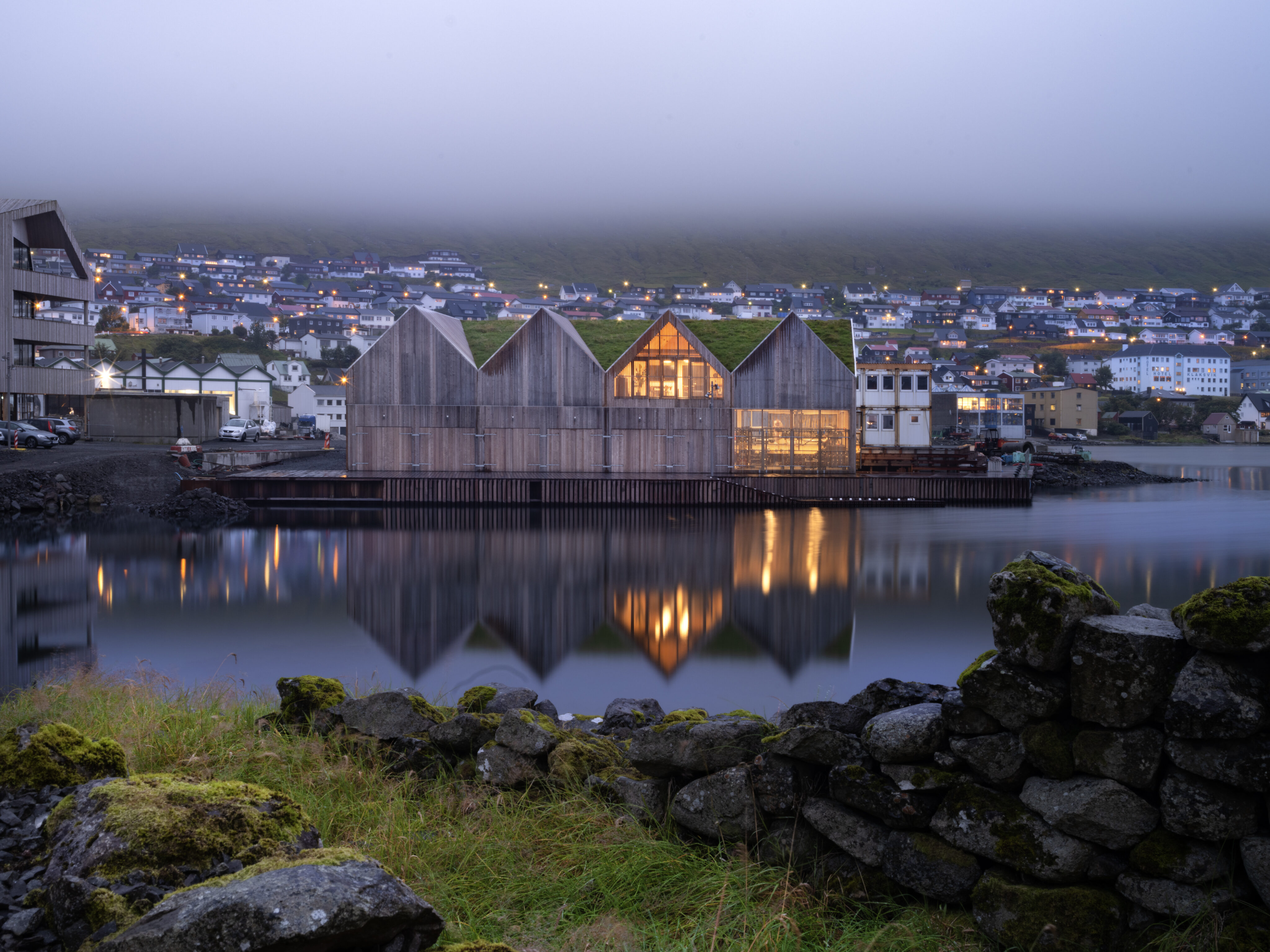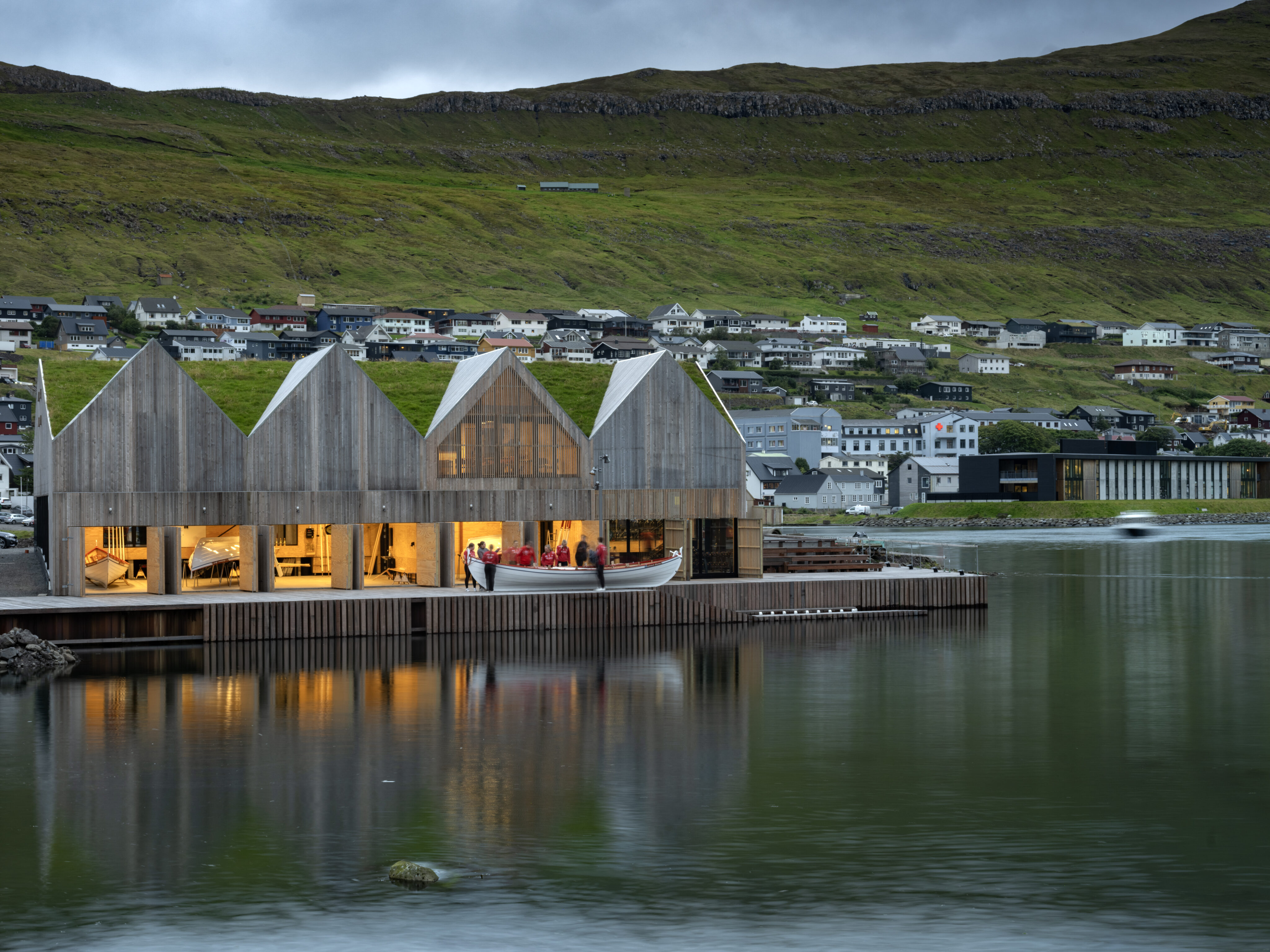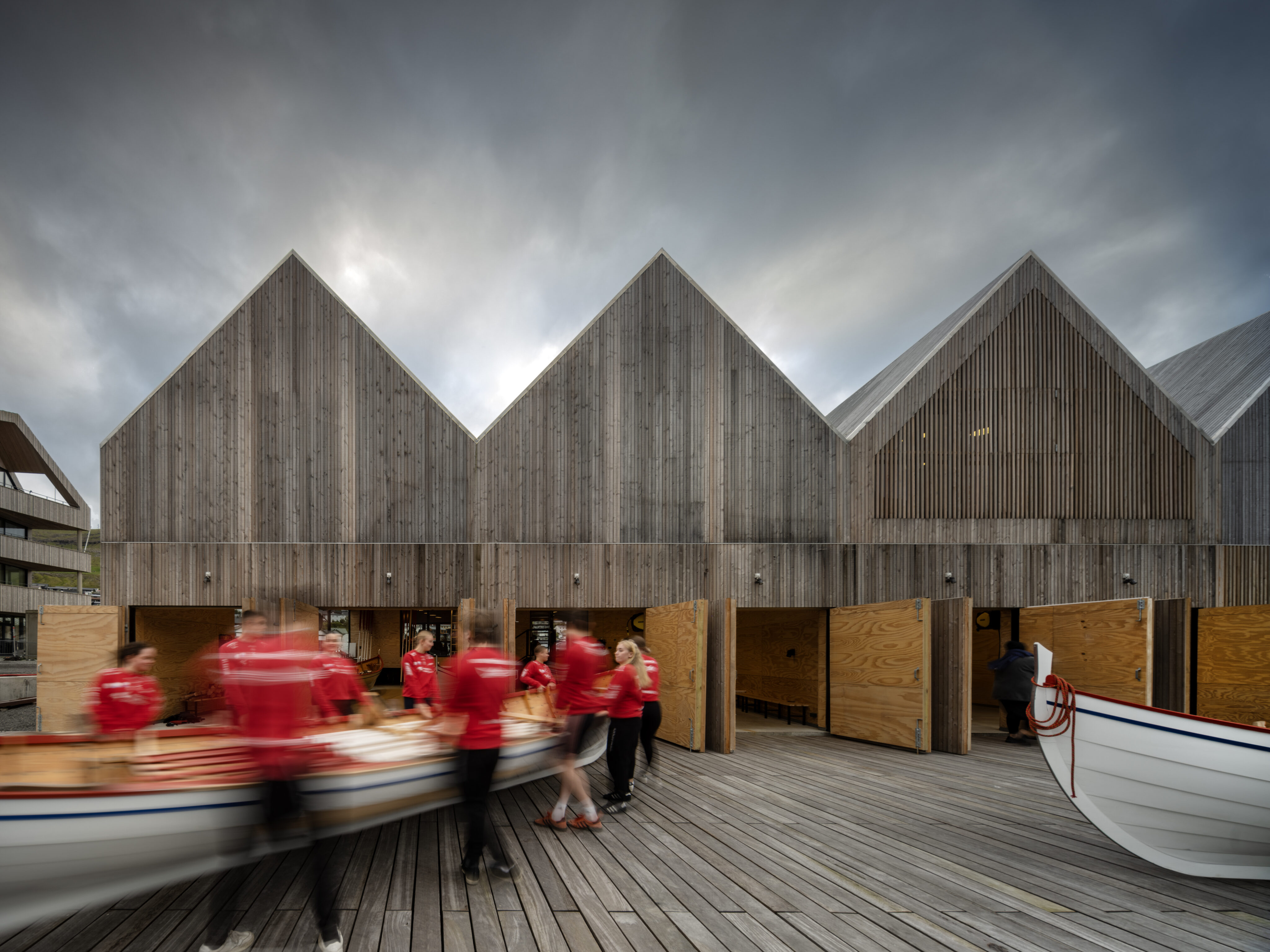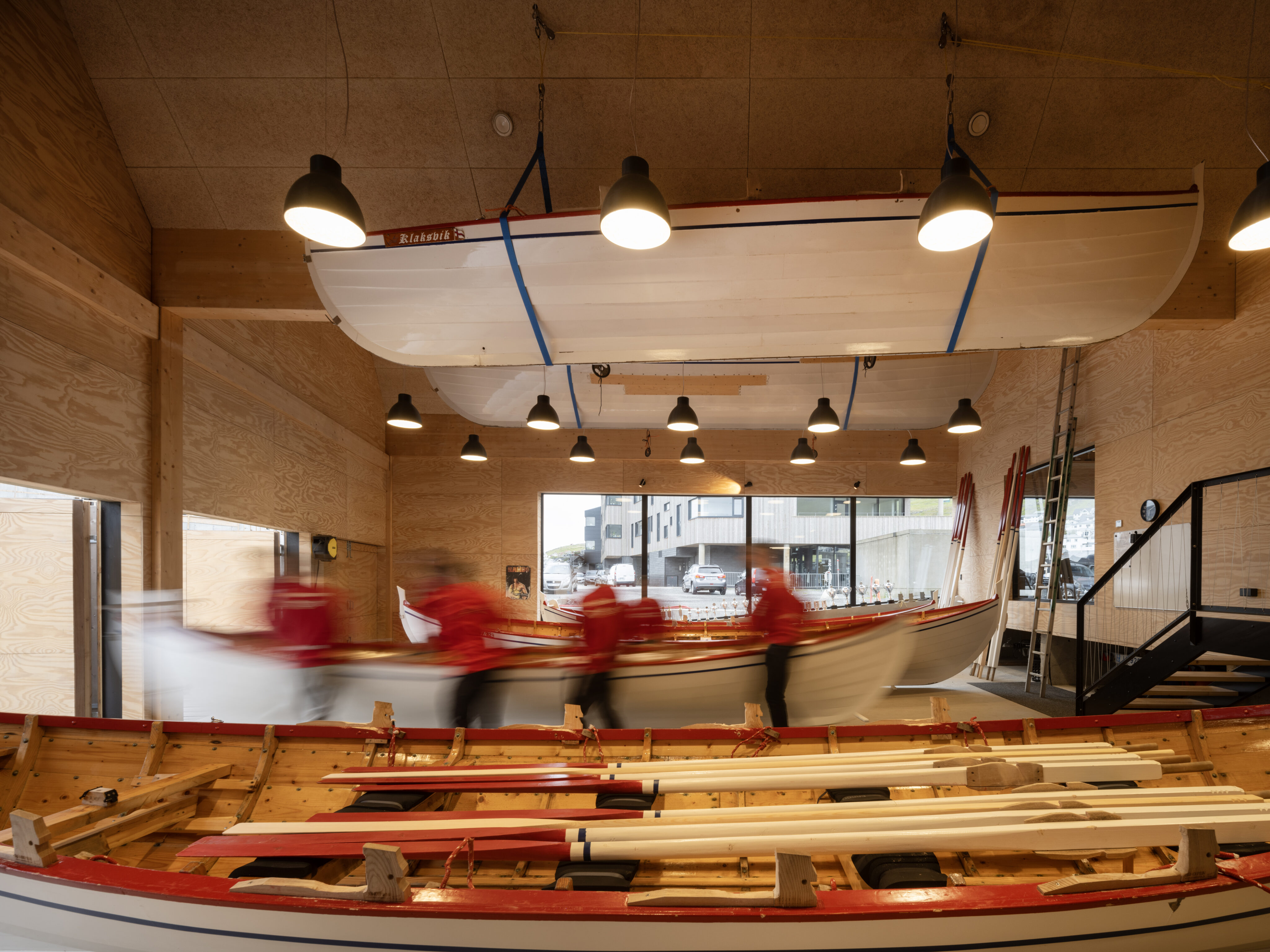5 questions for Ósbjørn Jacobsen – A sense of calm and connection with nature
Interview: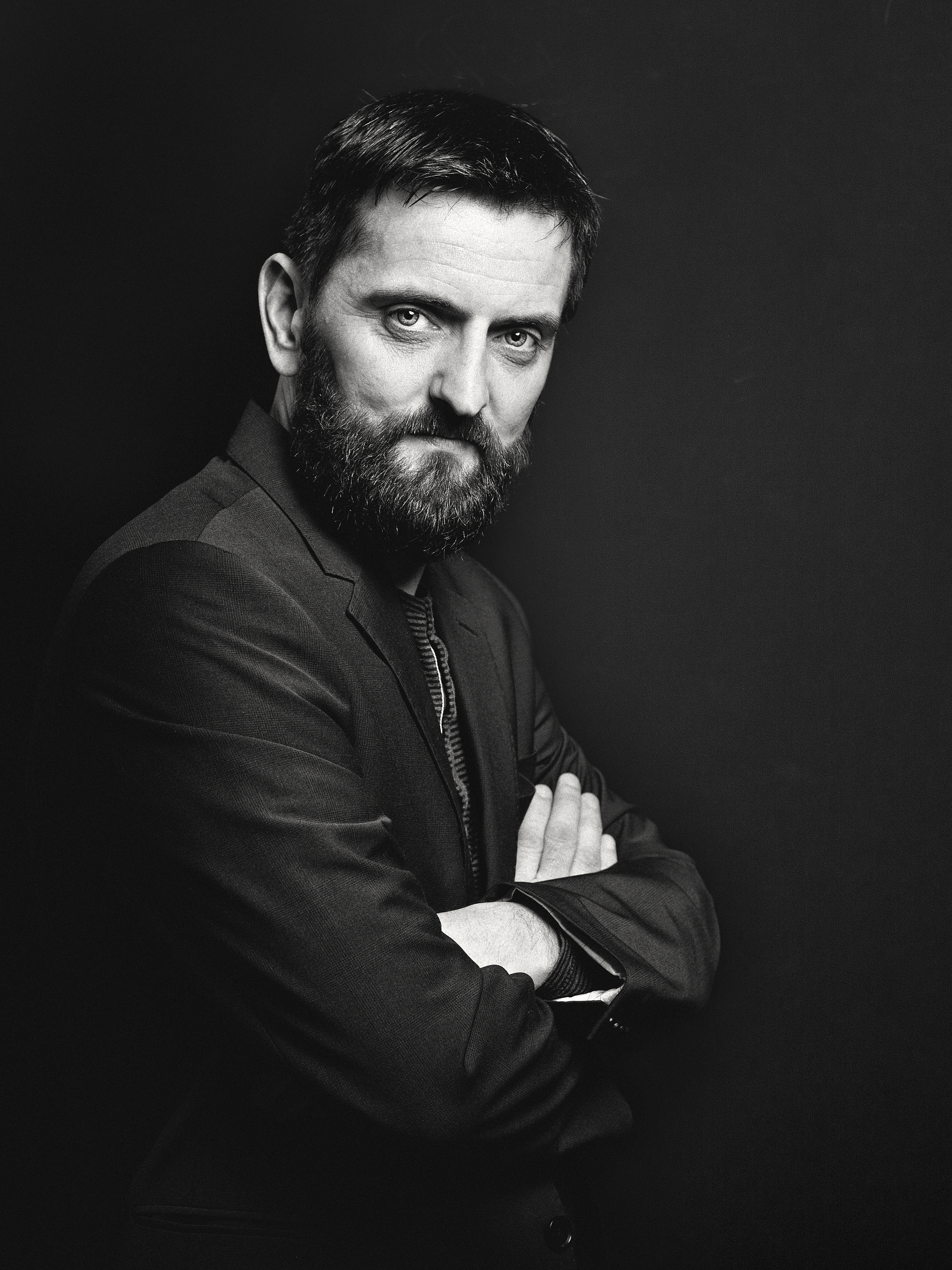
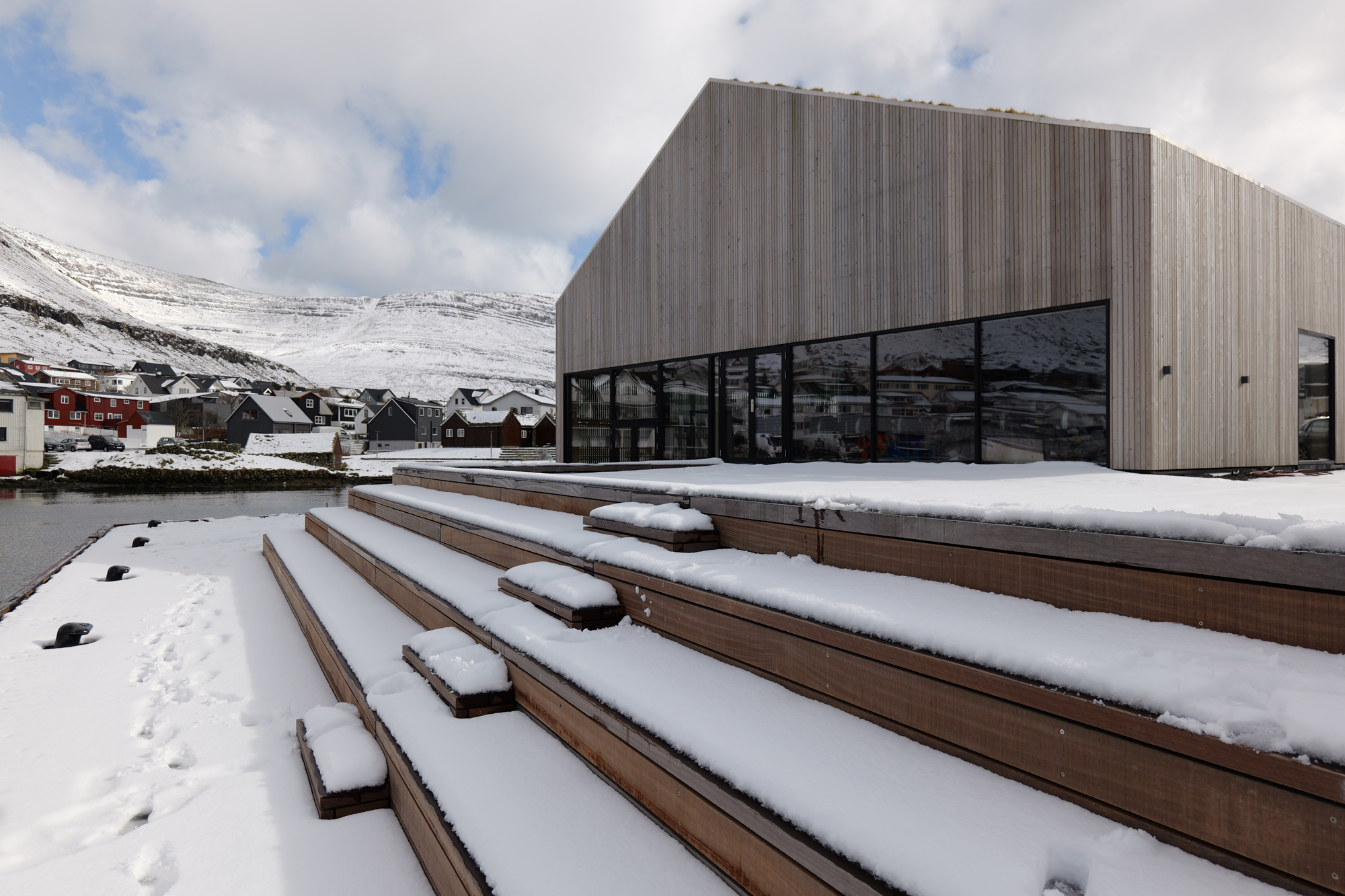
Please describe the philosophy and methodology of your work.
My work is deeply rooted in an understanding and appreciation of the place where each project is situated. This philosophy involves comprehensively considering the physical context, including the local climate, geographical features, and built environment. Additionally, it encompasses the cultural context, including local traditions, history, and societal norms. By thoroughly understanding these factors, we can create designs that are not only aesthetically pleasing but also contextually appropriate and sustainable. Another critical aspect of our methodology is the formulation of a clear and compelling vision for each project. This vision acts as a guiding star, ensuring that all aspects of the design process are aligned, and that the final outcome resonates with both the clients‘ aspirations and the project’s broader context.
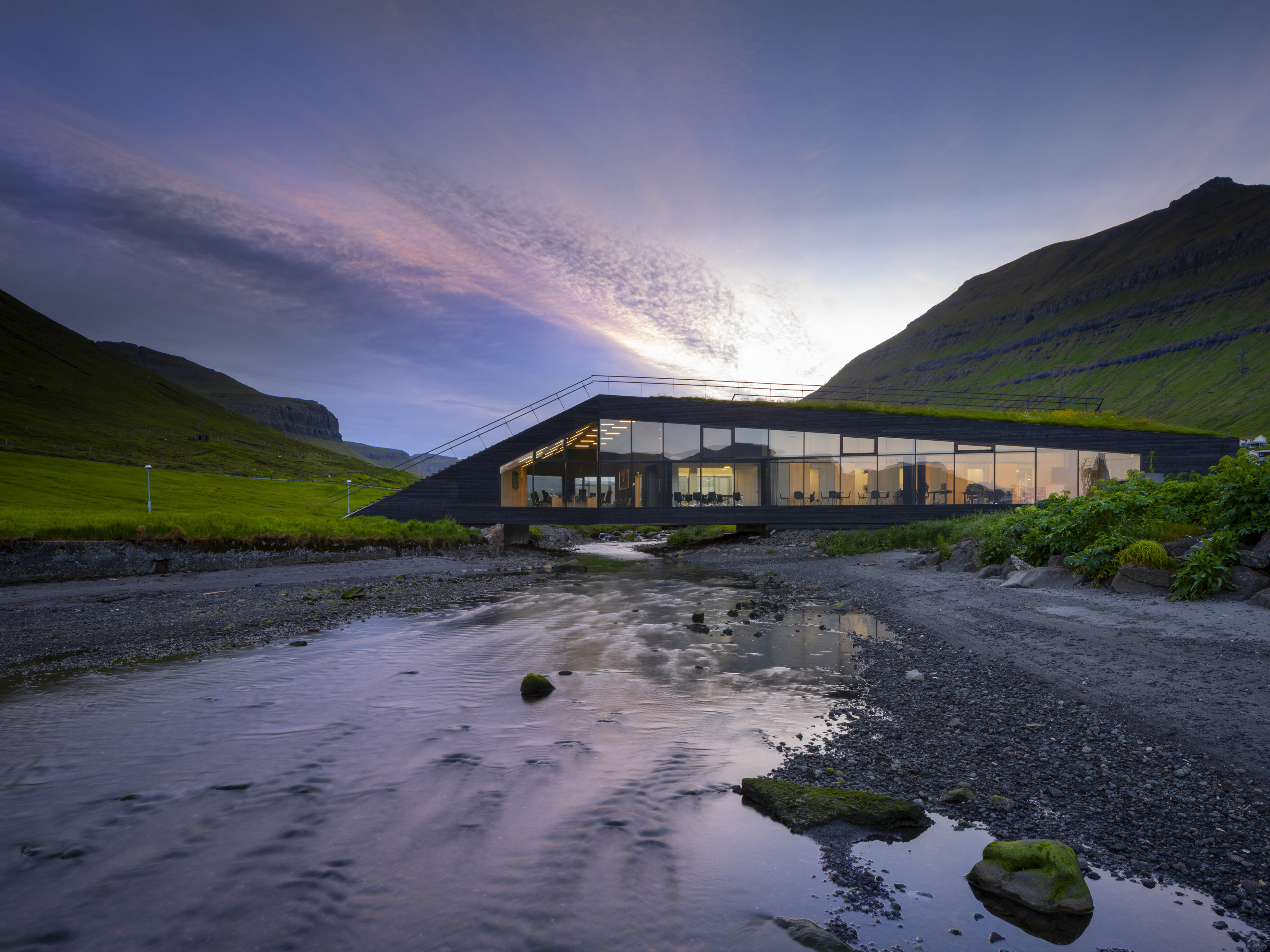
Town Hall Eysturkommuna
Connecting the two banks of the Eiðis River, which once acted as a boundary between the two municipalities, the building supports the river’s new symbolic value as a meeting point in both material and abstract terms.
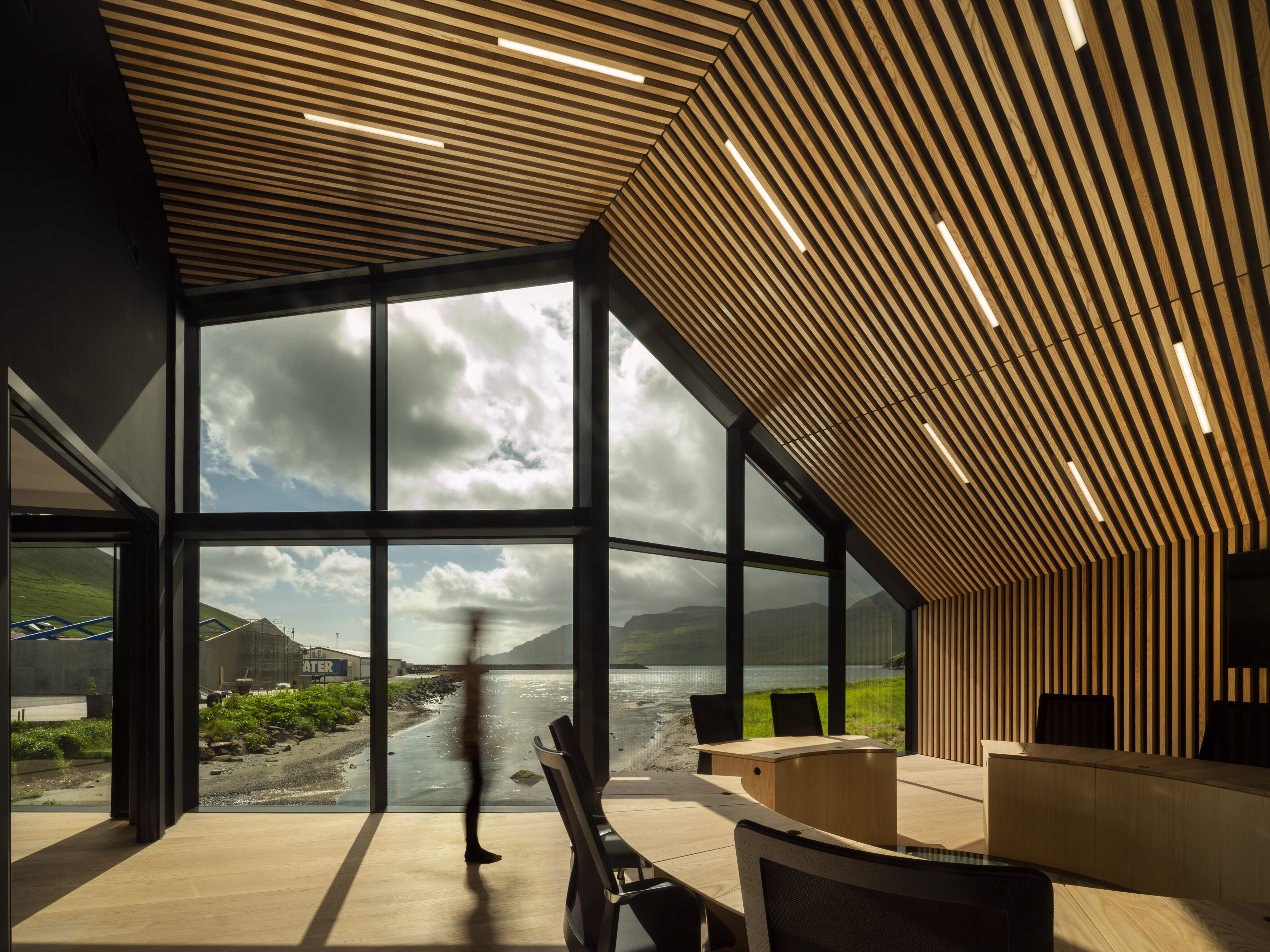
Town Hall Eysturkommuna
A landscaped walkway, the town hall of Eysturkommuna fulfils functions with both literal and figurative significance.
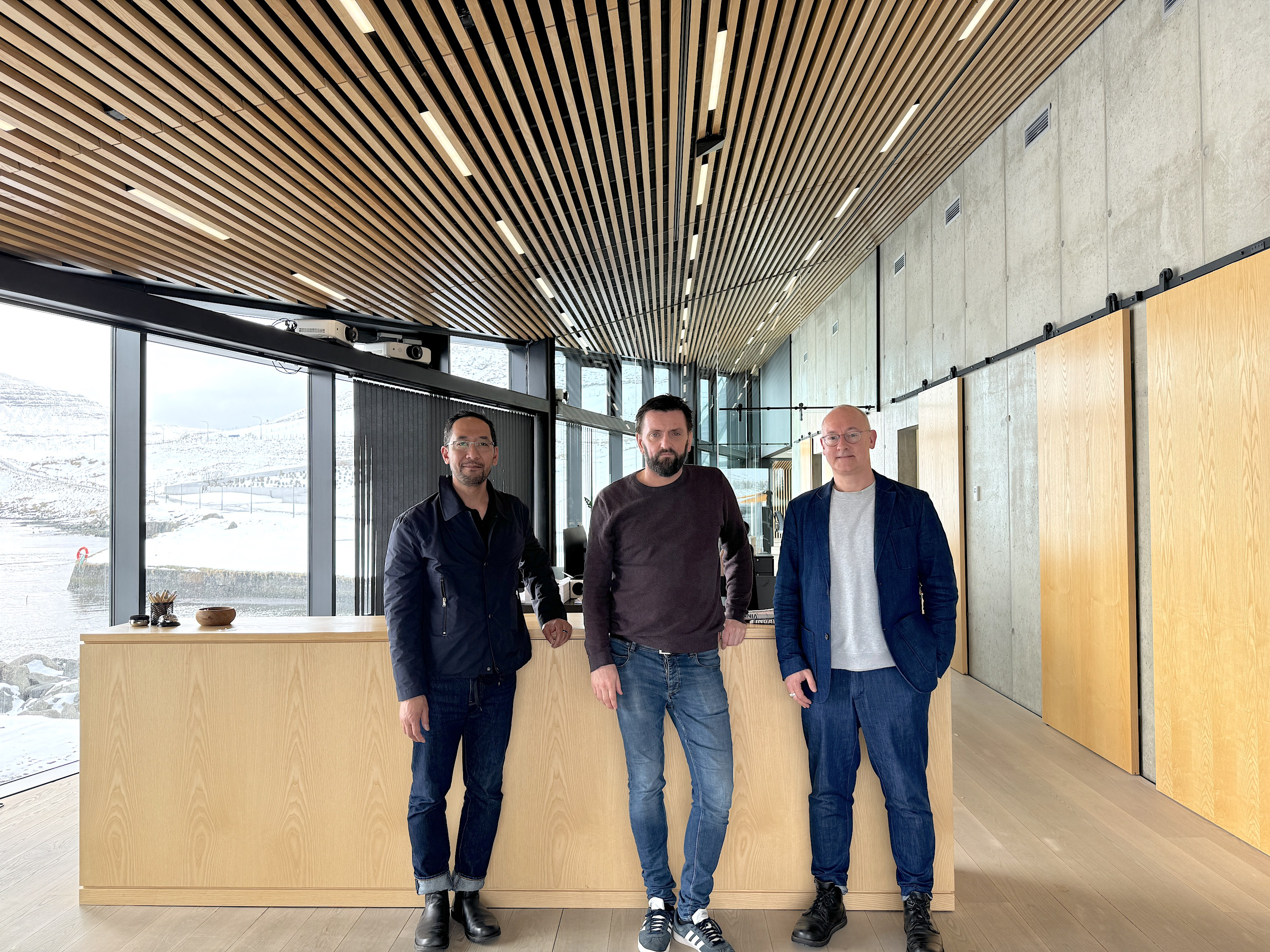
Rathaus Eysturkommuna
Ósbjørn Jacobsen guided us through the town hall and gave us an insight into Faroese building culture.
Over 10 years ago you founded your own practise in partnership with your former employer, Henning Larsen Architects: What has changed in these years in your work? Which of your projects would you consider as one of the most important to you? (Evolution of Work and Significant Projects)
Today, the Faroe Islands studio is an integral part of Henning Larsen’s global family, and I am both Design Director and local studio Director. This evolution has allowed us to work on a diverse array of projects, often smaller in scale, which has enabled us to foster closer, more collaborative relationships with our clients. One of the most pivotal projects in my career is the Harpa Concert Hall and Conference Centre in Reykjavík. Having spent approximately seven years of my life on this project, it holds a special place in my heart. Harpa is not just a building; it is a cultural landmark that symbolizes the harmony between natural beauty and architectural innovation, reflecting Iceland’s rich cultural heritage and dynamic future.
What is the strength of Nordic architecture?
Nordic architecture is distinguished by its profound connection to the natural landscape and marine environments of the region. This relationship manifests in designs that harmonize with their surroundings, often utilizing natural materials and emphasizing sustainability. I enjoy the Scandinavian tradition of empathy towards context and local history. This approach ensures that buildings are not only functional and beautiful but also culturally resonant and environmentally conscious. The combination of these elements—respect for nature, tradition, and context—defines the strength and uniqueness of Nordic architecture.
Please describe the recent developments in the Faroe Islands, especially in culture, design and architecture. What are the characteristics of „Faroe Contemporary Architecture“?
The Faroe Islands have been experiencing a period of cultural, artistic, and architectural growth. This era of development is particularly exciting for architects, as the relatively short history of Faroese architecture offers a unique opportunity to shape the contemporary architectural language of the islands. Recent developments are characterized by a blend of traditional Faroese elements with modern design principles, resulting in a distinctive architectural style that respects the past while embracing the future. This fusion of old and new is helping to define a unique „Faroe Contemporary Architecture“ that is both innovative and deeply rooted in the local context.
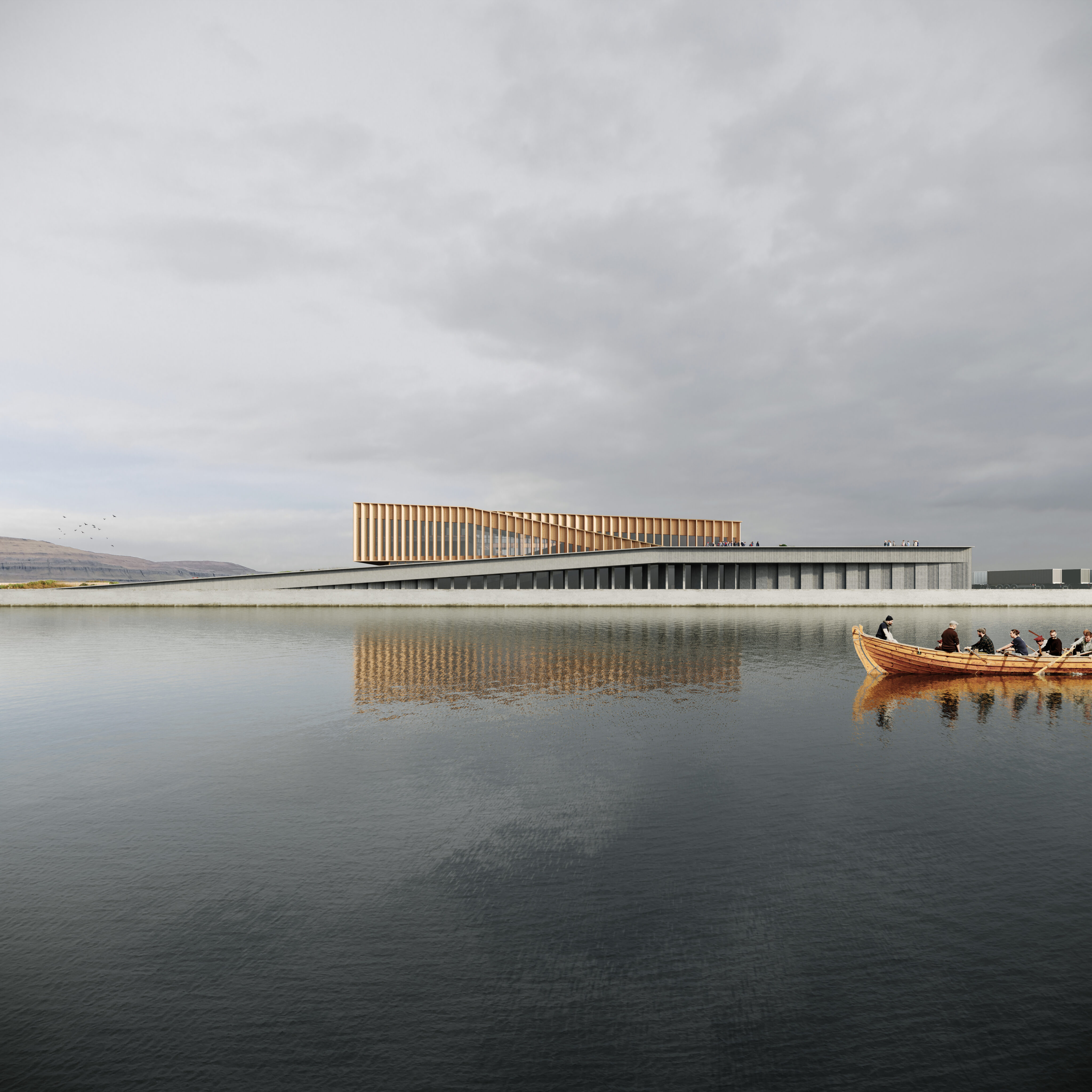
Smyril Line Terminal
“Our design is a testament to the captivating beauty and maritime legacy of the Faroe Islands. The integration of wood, with its elegant lines, draws inspiration from the distinct charm of traditional Faroese boats and the historic Eastern harbor,” says Jacobsen.
Where is your favourite spot on the Faroe Islands and abroad and why?
In the Faroe Islands, my favorite spot is the top of Stöðlafjall, a mountain that plays a significant role in defining the identity of my hometown, Syðrugøta. From this vantage point, one can experience a profound sense of calm and connection with nature, with panoramic views of the Faroe Islands and the expansive horizon that is so integral to the islanders‘ sense of place. Abroad, my favorite place is the Himalayas. During the 1990s, I had the privilege of living in Nepal for a period, and I was deeply moved by the warmth and friendliness of its people. The Himalayas are awe-inspiring in their grandeur, and for an architect, the experience of their immense scale is both humbling and profoundly inspiring. This juxtaposition of human scale against the vastness of nature continually influences my perspective on architecture and design.
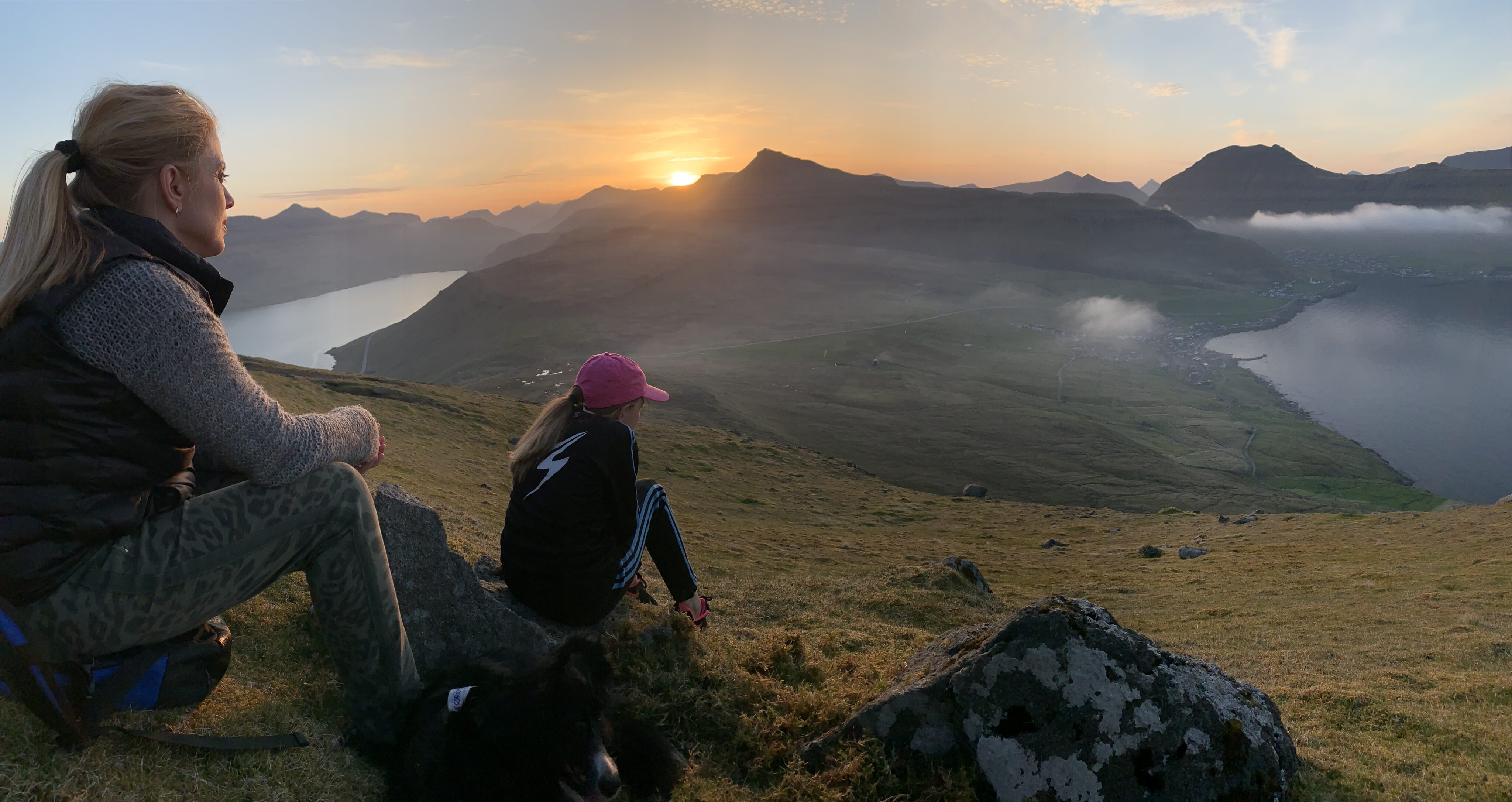
Støðlafjall
"From this vantage point, one can experience a profound sense of calm and connection with nature."
